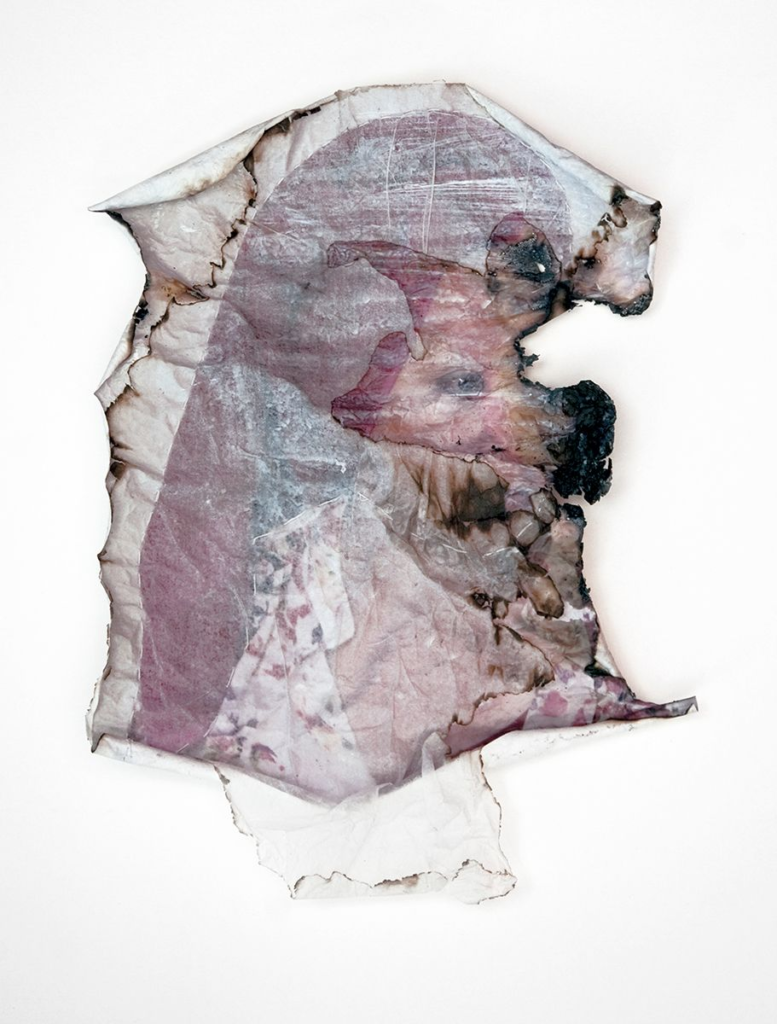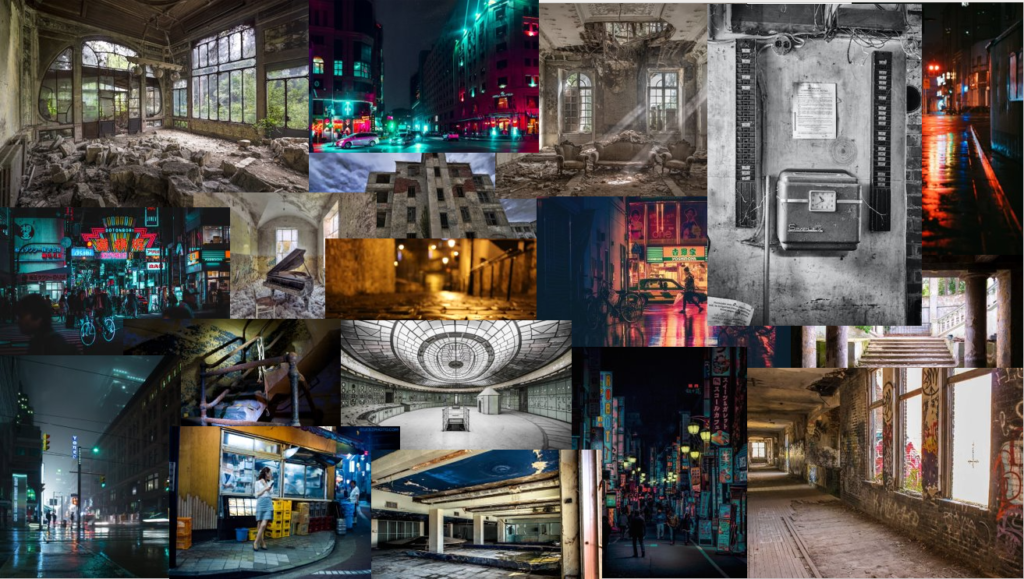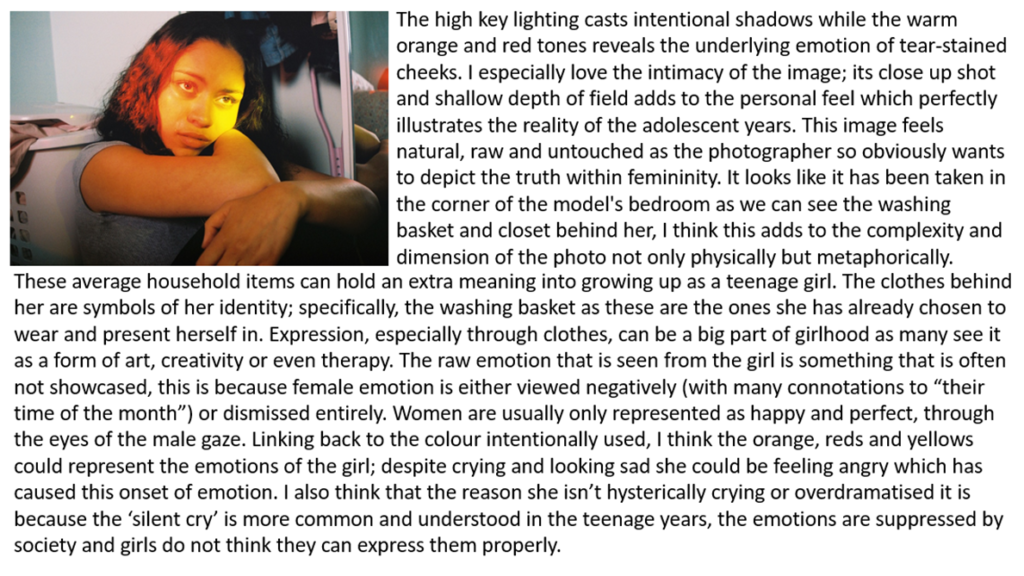About Yury Li-Toroptsov
He was born in 1974 in a rural community near Vladivostok, Russia. Yury Li-Toroptsov is a visual artist, a certified professional coach, and a practitioner of arts-based coaching for individual and business clients. Toroptsov lives and works in Paris.
In 2003, he opened a new professional path and established himself as an artist photographer. Nourished by his Far Eastern origins, his American stays and his residence in Europe, Yury Li-Toroptsov works on what constitutes the common denominator of distant cultures: the relationship of humans to their own identity and the permanence of myths. He used his interests to even explore the life of his father, who passed when he was a child.

His Work

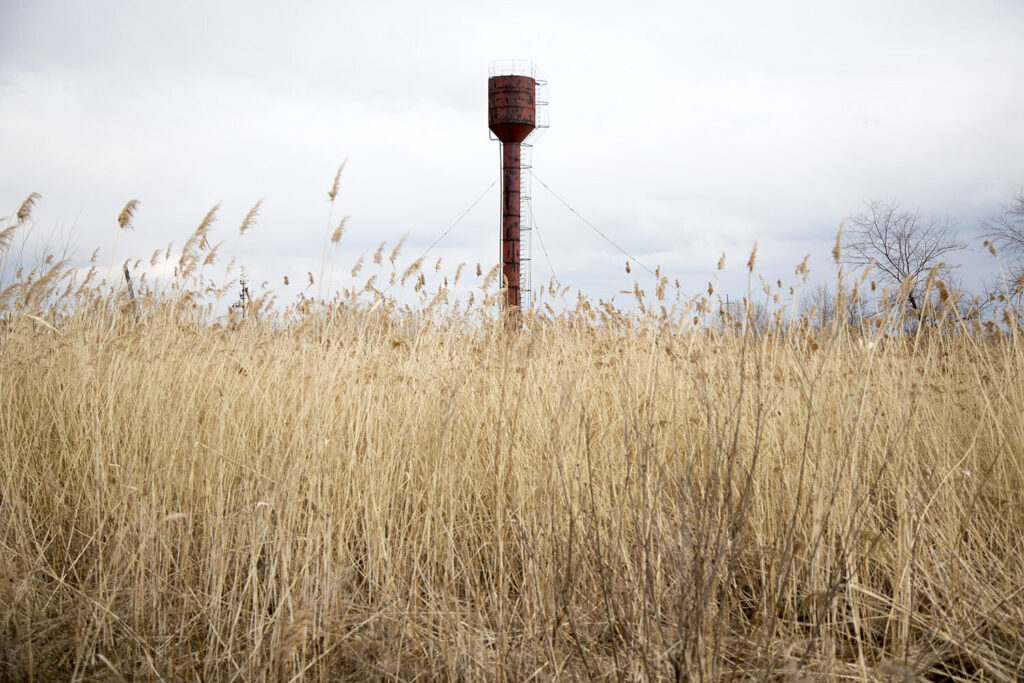


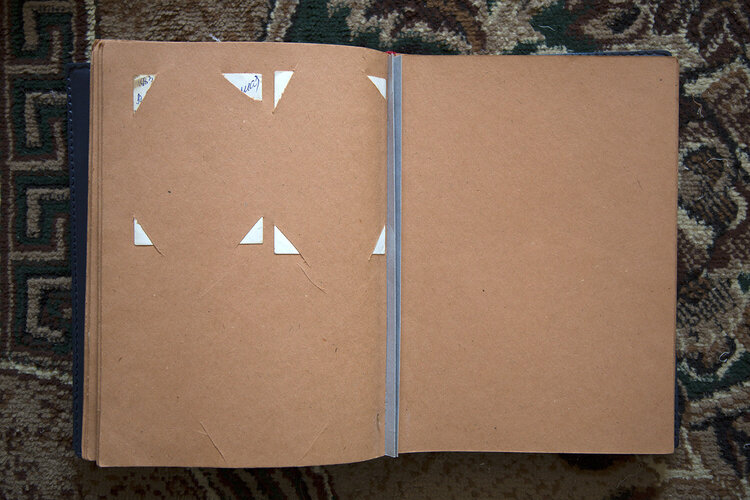

His work consists of coloured images, depicting both objects and landscapes, which all relate to the same topic. He creates both professional- looking photos and more amateur- looking photos, however, both are effective in portraying the story he wants to tell through his work. All his photos are brightly coloured and include many different patterns and textures, causing his images to be very interesting to look at.
Yury Li-Toroptsov: Deleted Scene

On a mission to photograph the invisible, with Deleted Scene photographer Yury Toroptsov takes us to Eastern Siberia in a unique story of pursuit along intermingling lines that form a complex labyrinth. Archival documents, old photographs, views of the timeless taiga or of contemporary Siberia, fragments or deleted scenes are arranged here as elements of a narrative.
He returned to Russia to visit the scattered remnants of his father’s memory. His father died when he was two, meaning Toroptsov has no memories of him. Almost none of his possessions were preserved by his mother, except his father’s camera. When Toroptsov was 9 he found it and look it apart. Unknowingly, he destroyed the last object that could help him recall his father. Now, the only thing left over are his photos since he was am amateur photographer.
Toroptsov describes his father as ‘an abstract character, a shadow at the gates of nothingness’, which explains the thought behind his photos. Toroptsov found it hard to complete his project since his father has almosty been forgotten, and all he knew about him was from stories that knew he told him. His father is simply a memory, and I think the way Toroptsov put together this project is a very effective way of showing his relationship with his father, being so close to him despite not knowing him at all. The project was based on three different events, all somehow linking his father. His father, along with his mother and Toroptsov himself, came accross Japanese director Akira Kurosawa shooting his Oscar-winning film “Dersu Uzala” in a forest while driving past, From there Toroptsov based his project on this event, and others linked to it.

This crossing of paths marked an important moment in Toroptsov’s life, the film being a short of reminder of a time when the Toroptsov family was happy. The name Deleted Scene compares the event with his father.
Image Analysis

This photo consists of a stuffed tiger, a direct representation of the movie set that Toroptsov encountered as a young child with his family. The photo is a portrayal of one of the moments Toroptsov has with his father, despite not remembering the event take place.
The black and white photo has a simple composition, the area of focus, being the tiger’s muzzle, being in the middle of the photograph. The white tones on the tiger’s muzzle is what draws the viewer’s attention to the image, since it contrasts with the otherwise greyscale picture. The photo has a shallow depth of field, causing it to be quite a flat photograph. I think Toroptsov took this photograph as a representation of his father, not only linking the tiger to the movie set they saw but also to his father’s amateur photography hobby. All the photos throughout the photobook appear as though they lack a link, which shows just how significant context is, and how photos don’t always have to be obvious and literal. The viewer is encouraged to see each photo as a clue or part of the story, which they slowly collect as they go though the book. This photo is a powerful message of how important memories are, even if they seem insignificant at the time. I think Toroptsov is trying to show how his project doesn’t need a obvious link to his father to be about his father, causing this photo (like every other photo featured) to be very personal.
“From my early age I knew that imagination is a powerful transformational force”
-Yury Li-Toroptsov
This quote shows how Toroptsov believes in freedom of interpretation, which is clearly suggested through his work. I find it very inspiring that he uses places as a way of discovering his father, which is unlike other artists who tend to use archival imagery.
Yury Li-Toroptsov’s link to Nostalgia
Despite not having any personal memories of his father, Toroptsov clearly incoorperates the feelings of nostalgia in his work. Without knowing his story, any viewer can tell that his photobook is about memories or something in the past. I like how Toroptsov utilised important events to portray his father, through nature and objects that linked in with the movie set they saw on that one day. He presents both positive and negative aspects of nostalgia, causing the project to be a realistic take on how memories make us feel.




